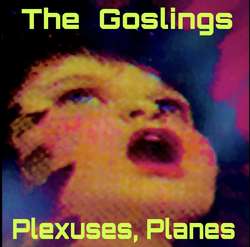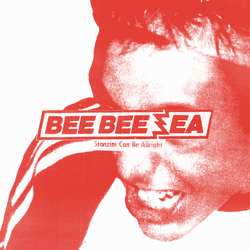Replacing a vocalist is always a huge ordeal and turning point for a band, particularly when needing to do to it for a third time as Horna found themselves in the process of during 2009 when Corvus left his duties at the mic stand behind to concentrate on his other projects. This Finnish group have been at the forefront of their country’s scene for nigh on twenty years and their mind-bogglingly prolific output is as twisted as it is grand and wonderfully true to form. Although no new full length had appeared since Spellgoth joined to handle the shouting, Horna have by no means been resting on their laurels as an EP surfaced and most members have a plethora of other bands to hold their attention in the meantime as well as immersing themselves in the world of Askel lähempänä Saatanaa (which translates roughly to the marvellously on point “a step closer to Satan” – Oh Horna, never change).
Askel lähempänä Saatanaa is a deliciously sly work and whilst Spellgoth’s vocal style is a stark contrast to what we’ve previously heard from both Corvus and first vocalist Nazgul (Satanic Warmaster), his deep leans into the abyss and bellows of destruction are pushed to the fore here and the record is all the more dangerous for it. Introducing proceedings with the unnerving, horror film-esque instrumental “Alku” and following with the monstrous tones of “Askel lähempänä Saatanaa,” Horna weave a message of total annihilation into fiery passages of Satan worshipping darkness via huge and instantly obvious Finnish riffs and incredible vocal lines that writhe with sickness and weight.
There’s something about Finnish black metal and indeed Horna – whether that’s the catchy as hell riffs (throughout), the headbanging rush of the drums during “Kuolema kuoleman jälkeen” or the invisible oranges stance that “Ei aikaa kyyneleille” induces, the Finnish chaps have this thing down to a fine art. “Kärsimyksin vuoltu hänen valittuna äänenään” thrums with heady guitar (Shautraug - also of Behexen - and Infection) work that shows no sign of abating in its constant motion and forward moving progressions until a steady groove works into the song from out of nowhere and forces a slowed-down, dirty beat into the sinister air of the track. This is Horna at their most dangerous and the filthy atmosphere is rich in dastardly swagger, arrogant attitude and pure Satanic might which threatens the very fabric of reality during album closing track "Ota omaksesi, luoksesi." Furious, throat-ravaged shouts burst forth and lay claim to your entire soul whilst the steely presence of the guitar works burrows beneath your skin and consumes with raging fire.
Hail Satan. Hail Horna.




